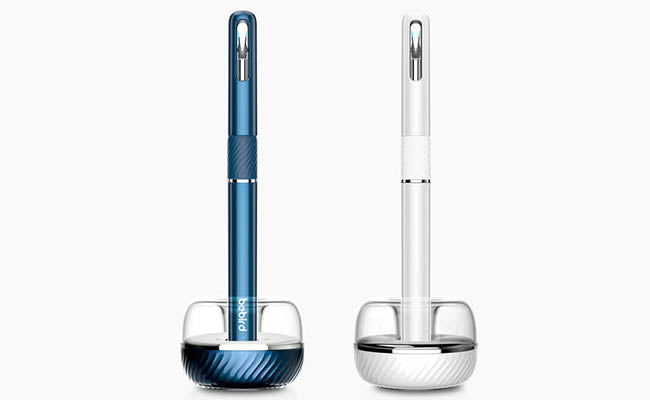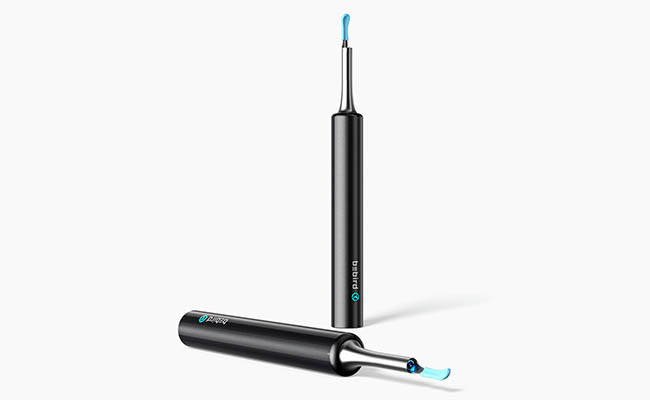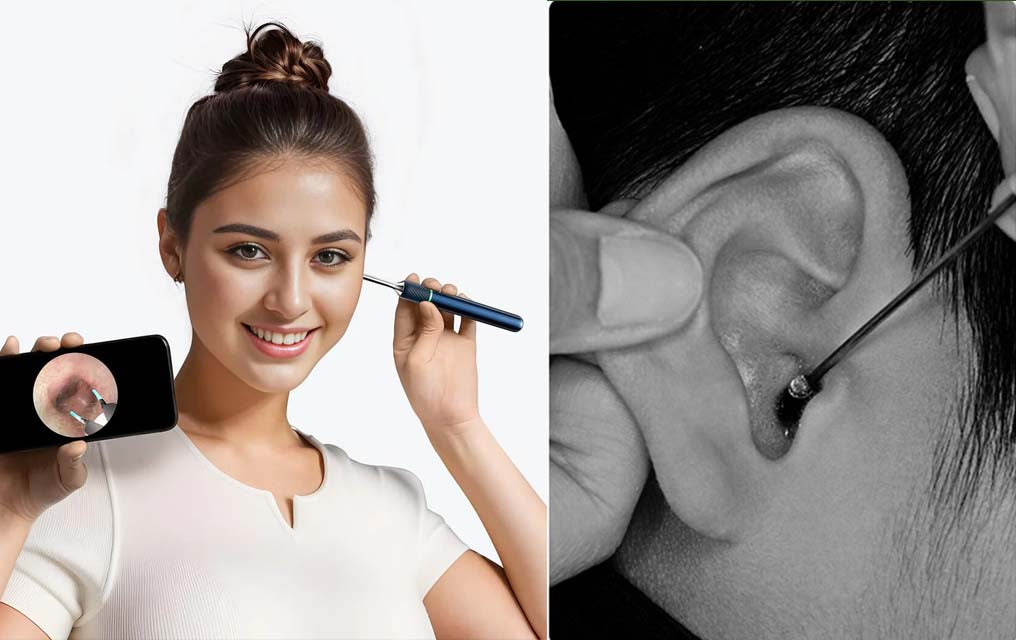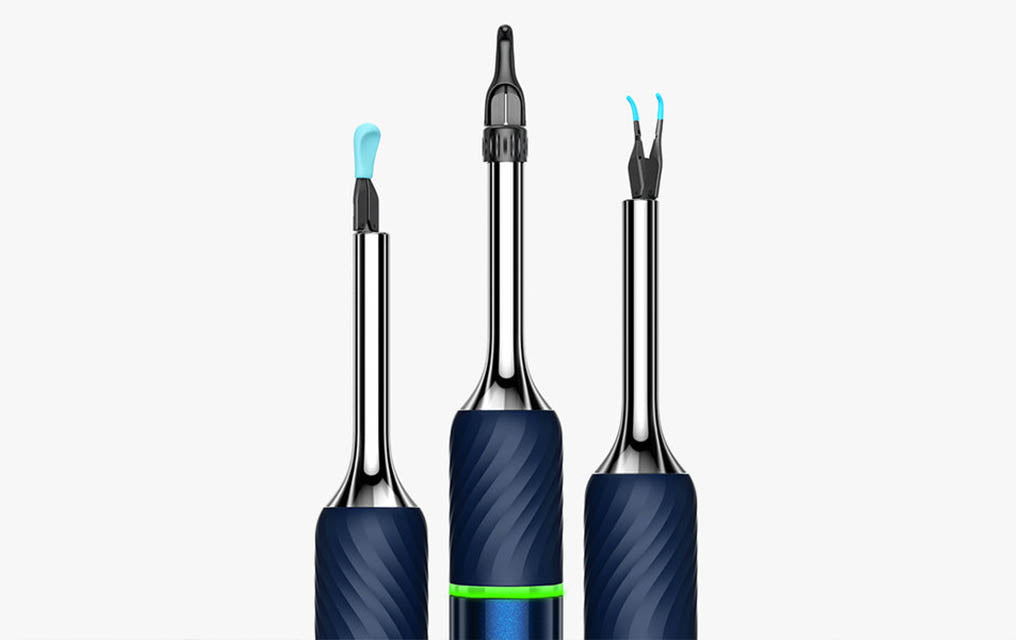Clear Ears, Sound Mind: A Guide to Earwax Management and Ear Protection
Have you ever wondered why earwax exists and what purpose it serves? Earwax, also known as cerumen, is produced by the glands in the ear canal and plays a crucial role in protecting our ears from dust, dirt, and other foreign particles. While earwax is a natural and essential substance, excessive buildup can lead to various problems, including hearing loss and discomfort. In this guide, we'll explore the importance of earwax management and ear protection to keep your ears healthy and your hearing sharp.
Understanding Earwax
Earwax is produced by the ceruminous glands in the ear canal. It consists of a mixture of secretions from these glands, along with dead skin cells and dust particles. The primary function of earwax is to lubricate and protect the ear canal, preventing it from drying out and trapping debris that could damage the eardrum.
The Dangers of Excessive Earwax
While earwax is beneficial, excessive buildup can lead to a condition called cerumen impaction. Symptoms of cerumen impaction include earache, tinnitus (ringing in the ears), hearing loss, and dizziness. Cerumen impaction can be caused by using cotton swabs or other objects to clean the ears, which can push the wax deeper into the ear canal, making it harder to remove.
Proper Earwax Management
The best way to manage earwax is to let your body do its job. The ear is self-cleaning, and earwax will usually migrate out of the ear canal on its own. However, if you are experiencing symptoms of cerumen impaction, it may be necessary to remove the excess wax.
Here are some tips for safe earwax removal:
- Avoid using cotton swabs: They can push the wax deeper into the ear canal.
- Use eardrops: Over-the-counter eardrops can help soften the wax, making it easier to remove.
- Seek professional help: If you are unable to remove the wax on your own, see a healthcare provider. They can safely remove the wax using special instruments or suction.
Protecting Your Ears
In addition to proper earwax management, it's essential to protect your ears from loud noises and other potential hazards.
Here are some tips for ear protection:
- Use earplugs: When exposed to loud noises, such as concerts or construction sites, wear earplugs to protect your ears.
- Limit exposure: Try to limit your exposure to loud noises whenever possible. If you must be in a noisy environment, take breaks in a quieter area.
- Keep your ears dry: Moisture in the ear can lead to infection. After swimming or showering, dry your ears thoroughly with a towel.
Introducing Earway: Your Partner in Ear Health
To make earwax removal easier and safer, consider using the Earway ear scoop. The Earway ear scoop is designed to gently remove excess earwax without pushing it deeper into the ear canal. Its ergonomic handle and soft, flexible tip make it easy to use and comfortable for the user.
The Earway ear scoop is made of high-quality, medical-grade materials, ensuring its safety and effectiveness. It is suitable for all ages and can be used at home or on the go.
By incorporating the Earway ear scoop into your ear care routine, you can effectively manage earwax buildup and protect your ears from potential damage.




